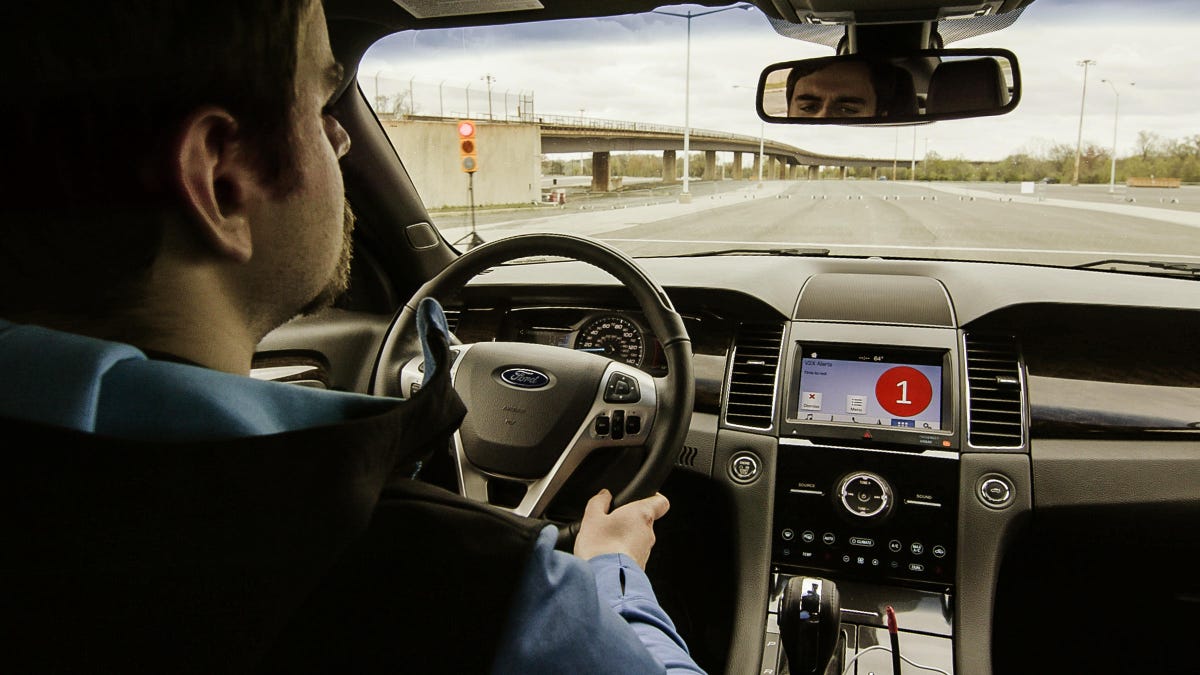Audi, Ford show off cross-brand cellular V2X for the first time
Qualcomm believes its V2X tech will be ready for deployment as early as 2020.

We've seen a small handful of automakers showing off vehicle-to-x (V2X) communication technology, but that tech has been limited to that automaker alone. Now, we're finally seeing this tech working with multiple manufacturers.
Audi and Ford have finally demonstrated V2X tech that works with multiple automakers. The demonstration was done in conjunction with Qualcomm , which is behind the cellular V2X (C-V2X) chipset, and the 5G Automotive Association, a consortium of automakers and phone tech companies.
I hope the warnings are customizable, because I want mine to say, "Danger, Will Robinson!"
The demonstration was pretty straightforward -- Audi and Ford vehicles transmitted and received warnings about drivers taking left turns and braking. It was no different than any other V2X demonstration, except it occurred with vehicles from multiple automakers. This is the important bit, because putting every automaker in its own walled garden means that communication won't be as widespread as it could be, hampering its safety benefits.
Qualcomm's chipset will be capable of (but not fully reliant on) using cellular 5G connections to transmit messages between vehicles, infrastructure and possibly even pedestrians in the future. Instead of relying on a carrier network like AT&T or Verizon, Qualcomm's C-V2X tech uses the 5.9GHz spectrum, which the FCC has blocked off for use in intelligent communications systems, including short-range vehicle communications. It unveiled this chipset last September.
V2X could very well reshape how cars function on the road. The second an accident occurs, every car in the area could know and avoid that area to give emergency vehicles a clear path to the collision. People wouldn't need to live in fear every time they creep forward from alley to street. Potholes might even get repaired faster, if vehicles are able to communicate with local infrastructure. 5G will do more than improve the speed with which your Twitter timeline will load -- it could very well save lives.
So when will this all happen? 5G isn't out in the open yet, but the hope is that it'll roll out within the next year. As for C-V2X, Qualcomm believes its system can be ready for production vehicles as early as 2020.

